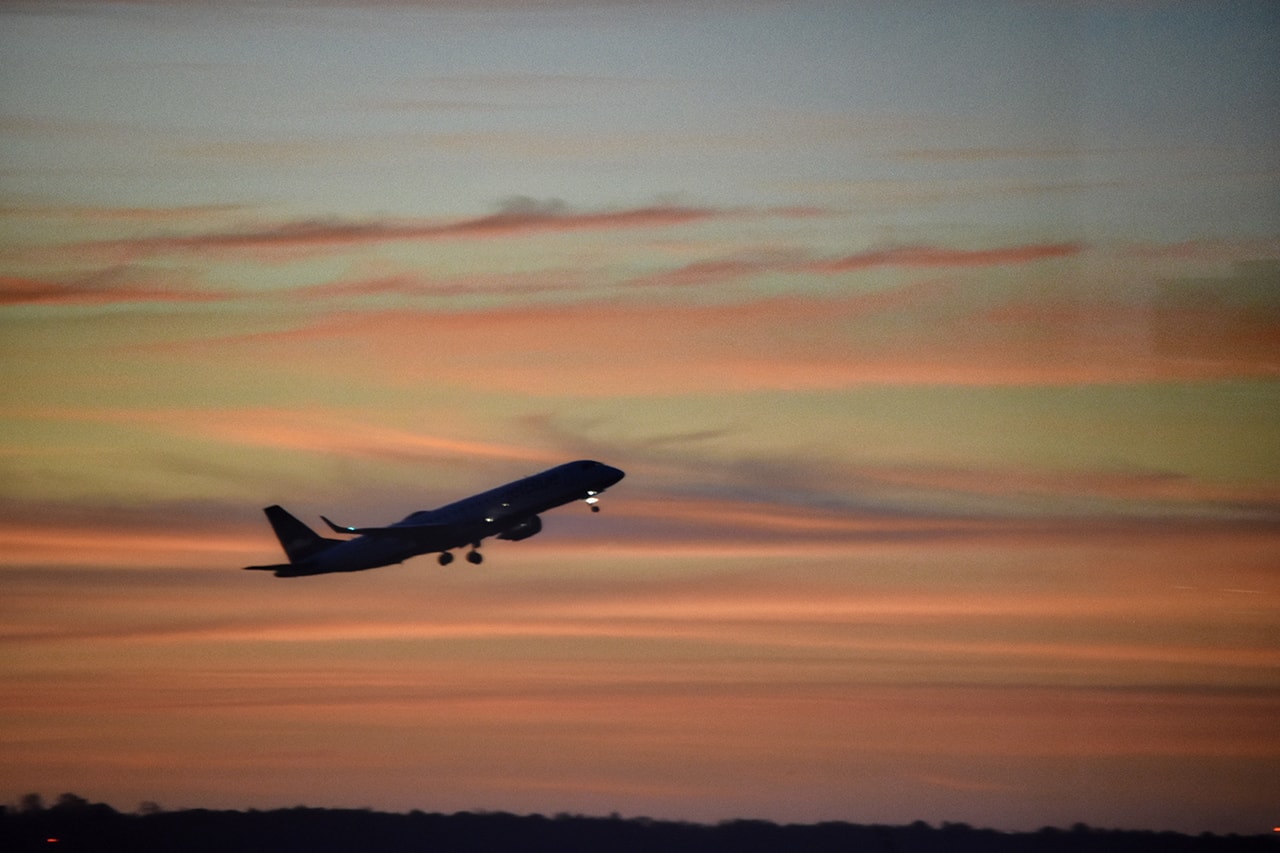Do Airplanes Have Speed Limits? Essential Pilot Guide
Jan 31, 2025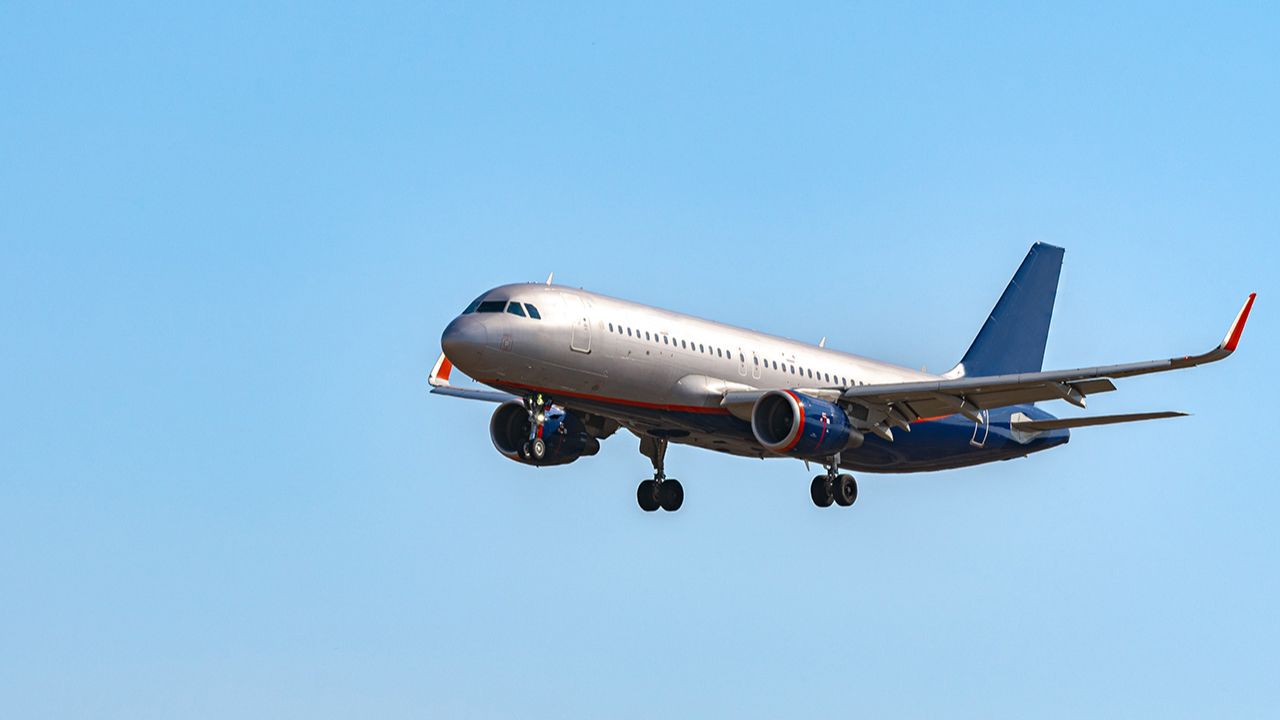
Do airplanes have speed limits? Absolutely. These regulations are crucial for maintaining safety and order in the skies. In this article, we will dive into how these speed limits are determined, enforced, and why they are essential during different phases of flight.
Understanding Aircraft Speed Limits
Airplanes have speed limits for safety and operational efficiency in aviation. So, let’s ask the question, do airplanes have speed limits?
To understand how airplanes stick to these limits we need to understand how we measure aircraft speed.
The instruments in the cockpit show an airplane’s speed as Indicated Airspeed (IAS) which is usually in knots. But IAS can be misleading if you don’t consider the effects of air density on air.
By factoring in variables like temperature and altitude True Airspeed (TAS) gives you a more accurate measure of an airplane’s speed through the air.
Ground Speed is how fast an airplane moves over the ground, and this can be very different from its TAS due to wind conditions.
A host of factors like weather patterns, elevation above sea level, ambient temperature and load on the plane determines how fast it flies during flight phases like climb or descent and sustained cruise at high altitude.
For safe operation at high altitudes where air is thin, and aerodynamics change dramatically commercial planes have a Maximum Mach Number – usually between 0.9-0.95 – that they must not exceed so they don’t encounter airflow disruptions like shockwaves around their structure and maintain performance and safety in the air.
Speed Limits Below 10,000 Feet MSL
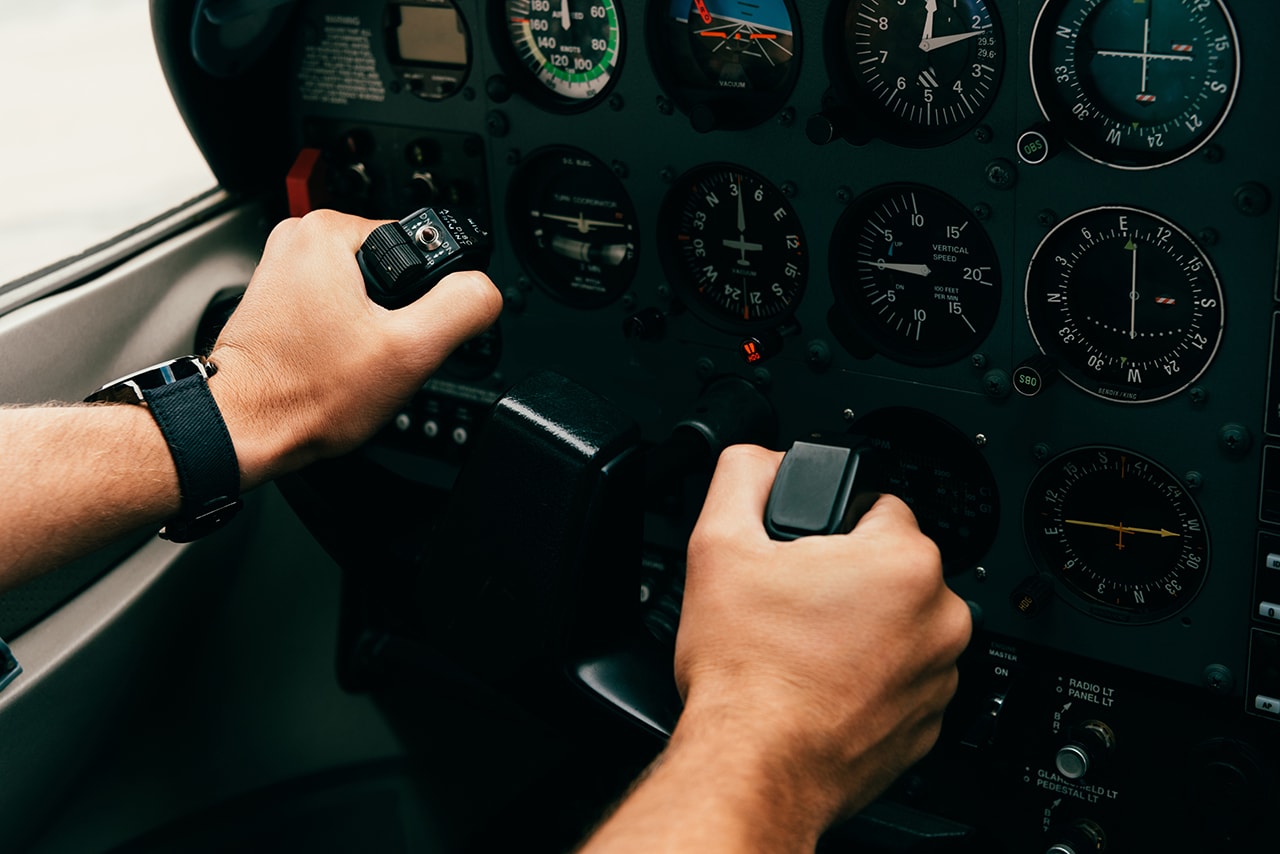
According to the Federal Aviation Regulations (FAR), there are specific speed limits for aircraft flying below 10,000 feet above Mean Sea Level (MSL) to ensure safety and traffic flow.
The standard max speed in this airspace is 250 knots indicated airspeed (kias) which is below the minimum safe airspeed for most airplanes.
But there is an exception when an airplane must fly above this max speed due to its design requirements.
If an airplane’s minimum airspeed is above 250 knots, it can fly at that higher speed. This allows pilots to fly safely and meet performance and regulatory requirements.
Speed Restrictions Above 10,000 Feet MSL
Speed rules change significantly above 10,000 feet mean sea level (MSL). The US has a rule that no aircraft can go faster than the speed of sound, Mach 1, according to FAR 91.817.
This is to prevent sonic booms that can cause a lot of disturbance on the ground.
There are no specific speed limits for aircraft in Class B airspace above 10,000 feet MSL but air traffic control can impose speed restrictions as needed.
These help a lot especially in busy areas by allowing air traffic controllers to coordinate and guide flights through these sectors.
Aircraft must always operate within the maximum speed prescribed to ensure safety and prevent exceeding the boundaries of controlled airspace.
Speed Limits in Class B Airspace
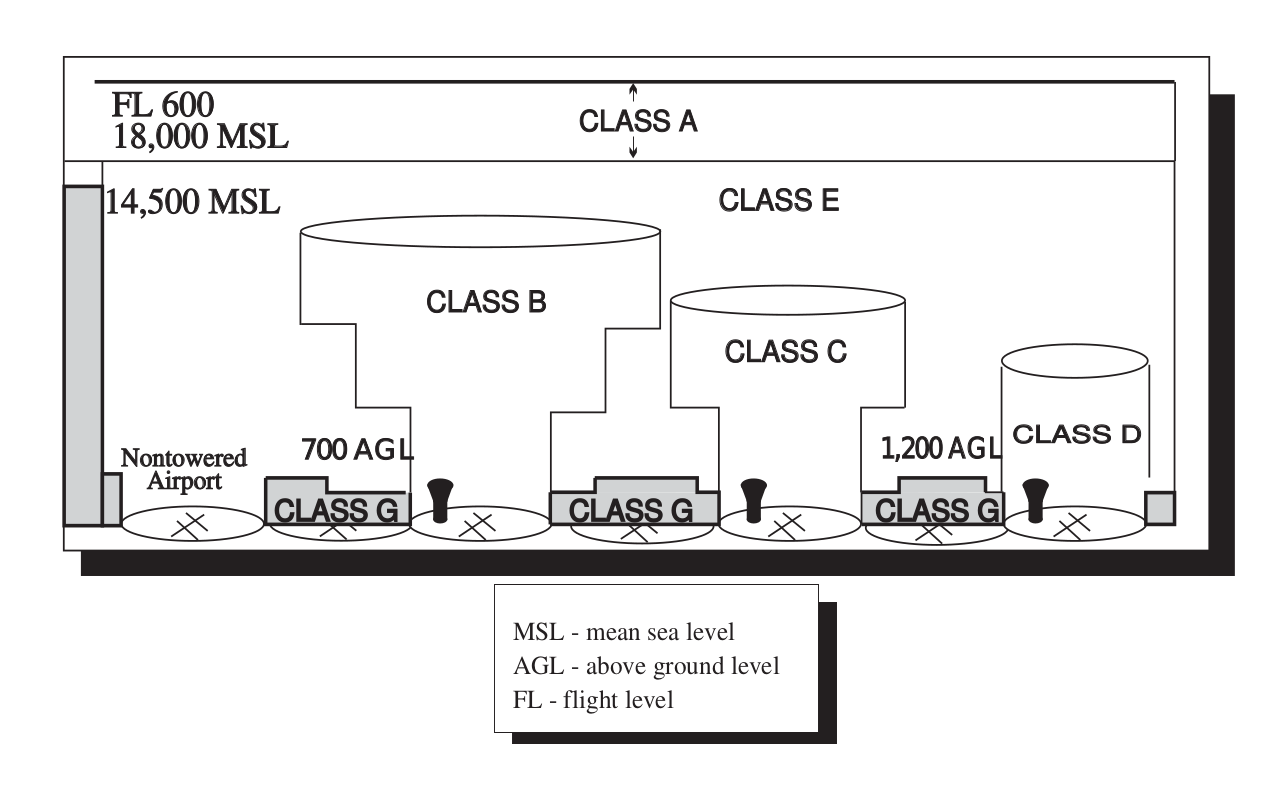
Around highly trafficked airports, within Class B airspace, there are speed limits that help maintain an orderly flow of air traffic.
Aircraft must not exceed 250 knots indicated airspeed below 10,000 feet MSL in this class.
By doing so it reduces aerial traffic and provides adequate separation between aircraft during takeoff and landing.
As vessels operate within the perimeters of Class B airspace zones where high traffic persists near airport terminals, velocity management and control become key.
So a higher speed ceiling of 200 knots under these conditions. This rule does not apply inside the boundaries of classes designated as “B” but this one is specific to a speed restriction.
Speed Restrictions in Class C and D Airspace
Around smaller airports with moderate traffic, in Class C and D airspace, aircraft below 2,500 feet are speed limited. They can’t go above 200 knots. This is per FAA rules to keep it safe in these controlled areas.
By limiting airspeed to 200 knots around Class C and D fields, we maintain flow in areas where all kinds of aircraft are more stacked up than they would be in open skies.
Following this speed limit allows you to fly through that airspace with enough separation from other planes for safety.
The Role of Air Traffic Control in Speed Management
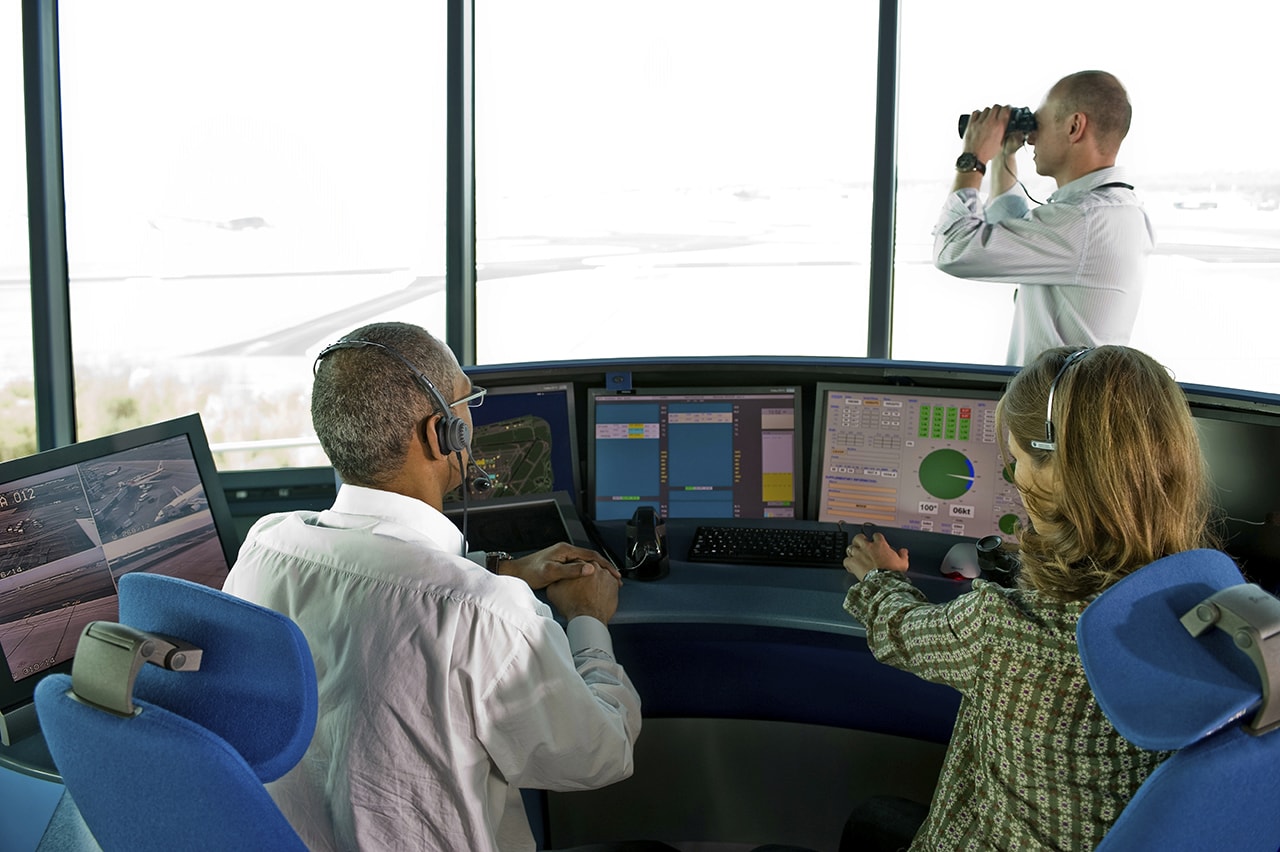
Air traffic control is key to monitoring and controlling aircraft speed to keep planes far enough apart to prevent in-flight collisions. Following the speed limits makes flight operations more efficient and keeps the sequence of air traffic organized.
ATC uses radar to track aircraft speeds and gives pilots guidance to keep them spaced properly throughout their flight. During peak hours when multiple aircraft are lining up to land, controllers may ask you to adjust your speed.
These changes allow each plane to form a line up on final into the airport while keeping a safe gap between them. These changes become more important as the aircraft slow down to 150 knots or below during the approach and landing phases.
Controllers in different sectors manage different parts of U.S. airspace under the American air traffic control system, and can control how fast an aircraft flies through their sector by telling you to change speed as needed.
This authority underscores both the significance that ATC holds over navigational safety measures taken by airlines along with its impact on ensuring streamlined aviation processes overall.
Different Phases of Flight and Speed Variations
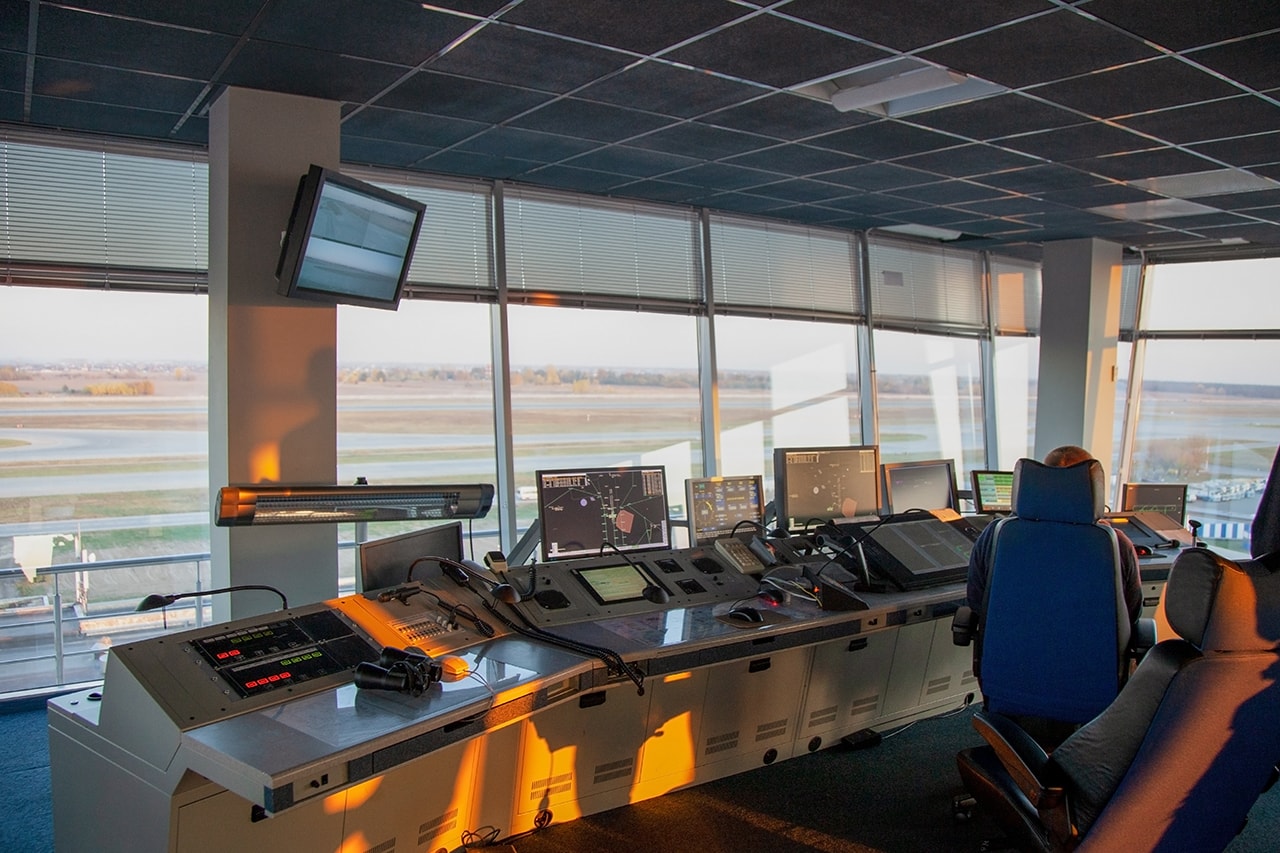
An aircraft’s speed changes a lot throughout the different phases of flight which includes takeoff, climb, cruise and descent. Each phase has its own speed considerations and boundaries to achieve the best performance and safety.
In the climb phase of flight pilots use full power to get to the desired altitude.
In the cruise phase at high altitudes during long flights fuel efficiency is important along with operational safety. Before landing in the descent phase controlling speed is key to a smooth and safe approach to touchdown.
Climb Speeds
During the climb phase pilots adjust many settings to get the best climb. This means pitching the nose down, reducing power and increasing forward speed. Full power is used to get the best rates of climb for efficiency and safety in flight.
Aircraft should climb at speeds that are safe and fuel efficient. Pilots are required to control these speeds to balance aerodynamic performance with fuel economy and the structural limits of the aircraft.
Cruise Speed
Most of an aircraft’s time is spent at cruise. The max Mach for sub-sonic transport planes is usually between 0.9 and 0.95 which sets the upper limit for velocity to be efficient and not to create sonic booms which can happen at cruise speed.
This is especially relevant for commercial flight speed, which must balance operational efficiency and safety.
Various operational conditions like turbulence will affect these cruise speeds and pilots will need to adjust to ensure safety of flight. Cruise speeds are carefully set to be fuel efficient and within safe limits – the aircraft must be fast enough not to stall but not exceed its max speed.
Descent Speeds
Commercial planes are required to be at 250 knots or less when below 10,000 feet.
As they get closer to landing, their speed will decrease even further to around 150 knots or lower for the safe handling of the landing. When doing a cruise descent the goal is not to gain forward speed as you lose altitude.
This allows you to maintain a steady and controllable rate of descent as the plane transitions from cruise to approach procedures – safety and efficiency.
Why Planes Don't Always Fly at Maximum Speed
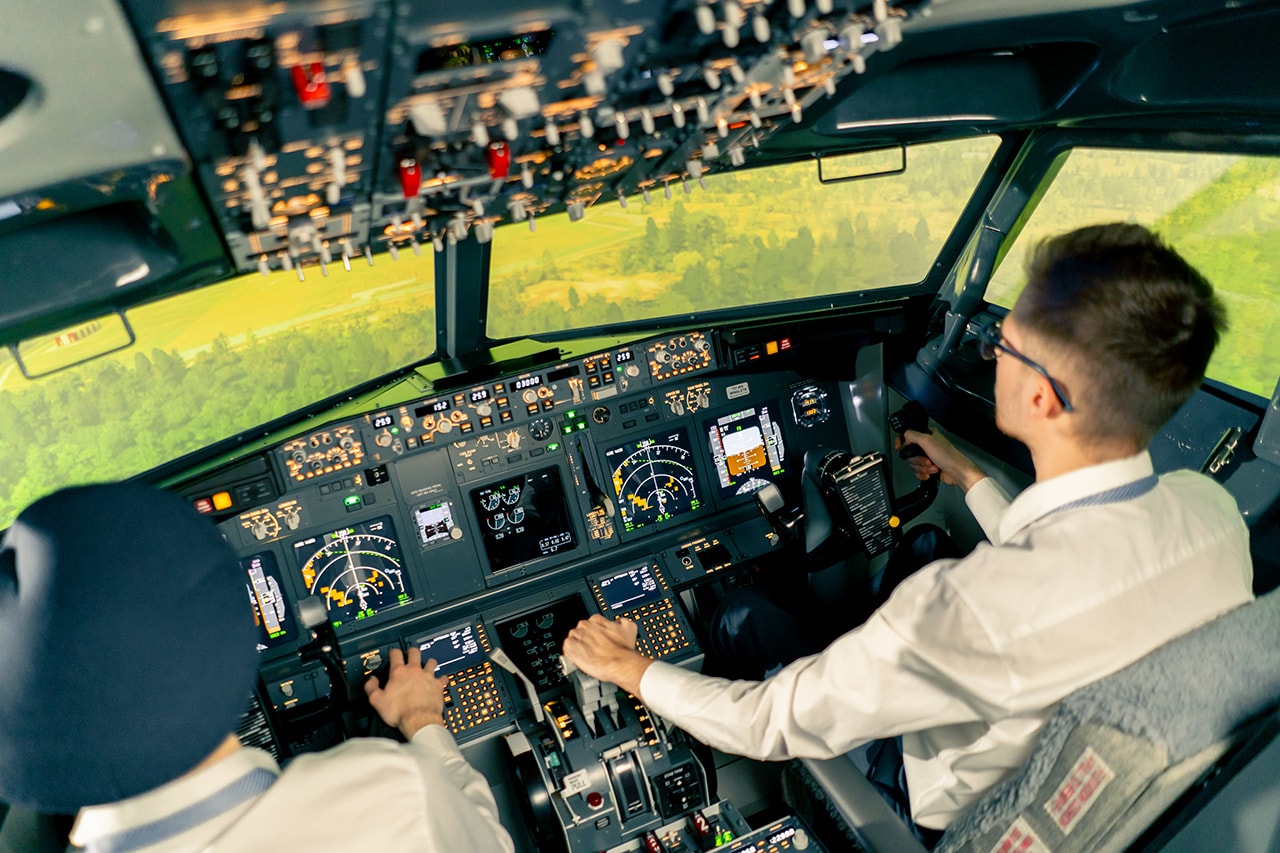
It seems logical that planes would fly at top speed to get to their destination as quickly as possible, but there are many reasons why they don’t.
Because of the square law of drag and velocity, fuel consumption goes up exponentially as you go faster. So airlines fly at lower speeds to preserve engine and aircraft life. Pilots have to stick to the speed limits to not exceed the aircraft’s operational boundaries.
Safety, cost and regulations are the top priority. So commercial planes fly below their top speed.
Can Pilots Be Penalized for Flying Too Fast?
Pilots can get in trouble for exceeding speed limits. Penalties can range from investigations and retraining to suspension or even revocation of their pilot’s license depending on the severity and intent of the infraction.
Most of the time, speed exceedances are brief and are due to small mistakes. But when a pilot does it on purpose, then it’s serious. So be careful with those speed limits.
Frequently Asked Questions
What happens if an airplane flies too fast?
Flying an airplane too fast can lead to mechanical failures, such as damage to the turbine blades and possible engine flameout.
It is crucial for pilots to adhere to speed limits to ensure safe operation.
What is the highest speed a plane can go?
The highest speed a plane can achieve is Mach 6.7, equivalent to 4,520 mph, as demonstrated by the North American X-15. Hypersonic jets exceed five times the speed of sound, establishing new frontiers in aviation speed.
If you're wondering how fast does a plane go mph, typical commercial airliners cruise at speeds around 500 to 600 mph, depending on their model and flight conditions.
Can airplanes get in trouble for speeding?
Yes, airplanes can face consequences for speeding, as it is a serious violation of aviation regulations monitored by air traffic control. Unless there is an emergency, pilots may receive a deviation notice for not adhering to speed restrictions.
